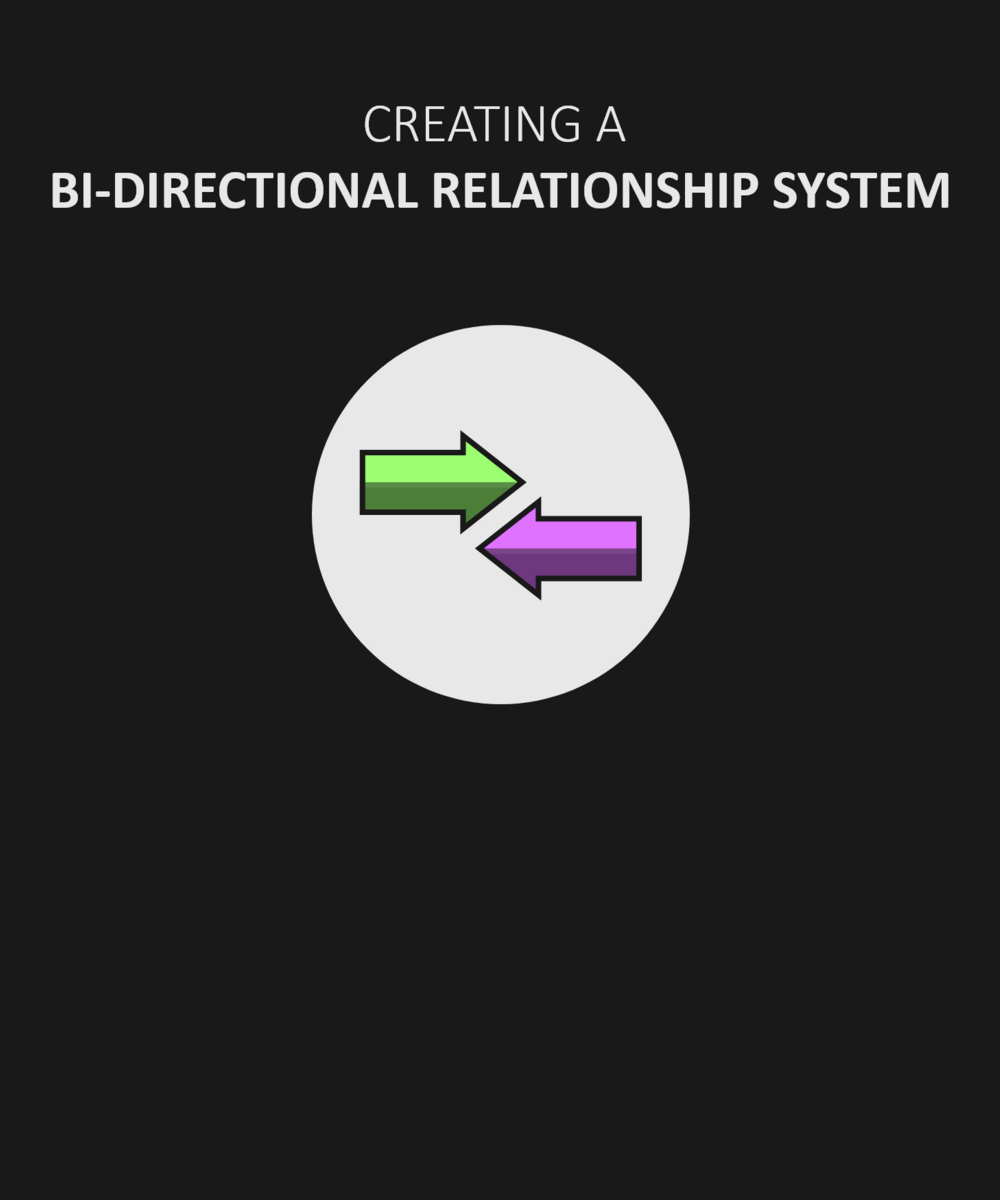Abstract
The goal of this project was to identify what relationship systems in RPGs currently look like, how they work, and how similar they are to one another. From this, a baseline was formulated, which was then used as a foundation to build upon with the help of research findings of social systems and the theory behind the formation and progression of real human relationships. Ultimately, this led to the creation of a bi-directional relationship system that is closer to real-life and can be used by other developers as a template.
“We cannot tell the precise moment when friendship is formed. As in filling a vessel drop by drop, there is at last a drop which makes it run over; so in a series of kindnesses there is at last one which makes the heart run over.”
‒ James Boswell, 1777
When looking at why relationships between individuals are formed, qualities such as trust, honesty and supportiveness are highlighted to a great extent. However, this seems to be a half-truth when it comes to digital RPGs. While the player works hard to earn the trust of their companions, completing tasks for them and pleasing them in dialogue, the companions often do not add much to the equation; It is a seemingly very one-sided process. The systems also have barely been innovated upon for years.
When I tried to research why this was the case I ran into a problem. Even though relationship systems are a staple of RPGs, they are nonetheless seldom the main topic of conference talks or written about in papers. There’s a substantial number of talks and papers about dialogue systems, social systems for multiplayer games and other adjacent topics, but relationship systems in and of themselves are rarely spoken about. After a long search for papers, talks and articles on relationship systems in RPGs, I was unable to find much on the topic.
I decided to turn my drive for knowledge on this topic into a project. To research this properly and innovate on the baseline of relationship systems that exist in RPGs today, I asked myself the following question:
How can I, as a game designer, innovate on the existing way in which the creation and progression of relationships between characters are translated to and depicted within RPG relationship systems?
 Nikita Westdorp
Nikita Westdorp


 Nikita Westdorp
Nikita Westdorp